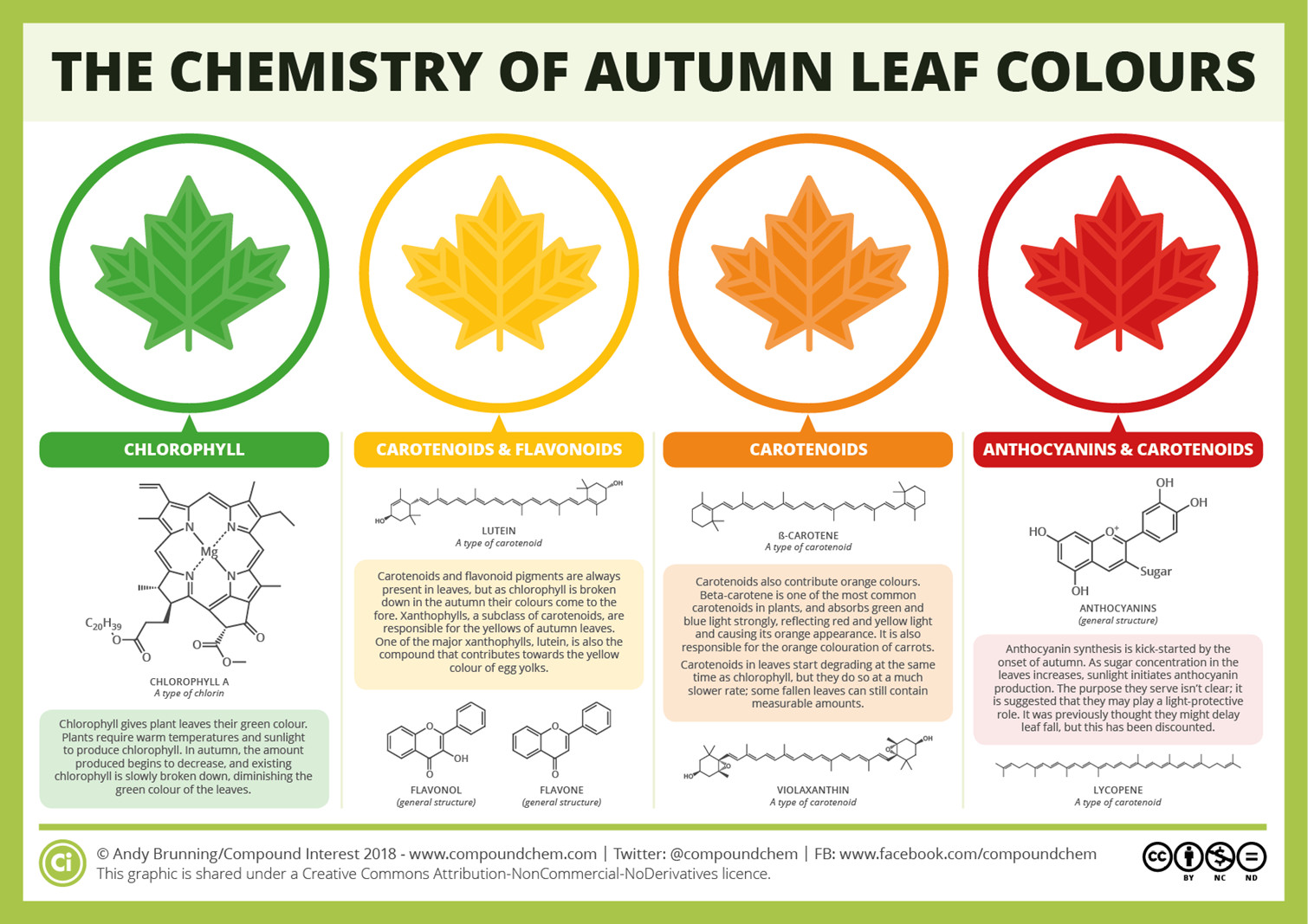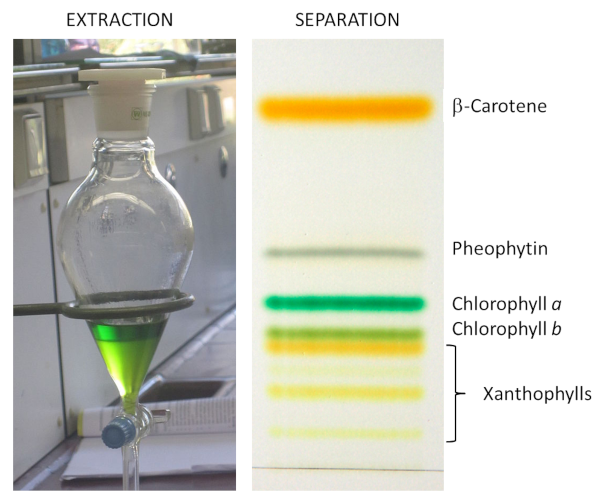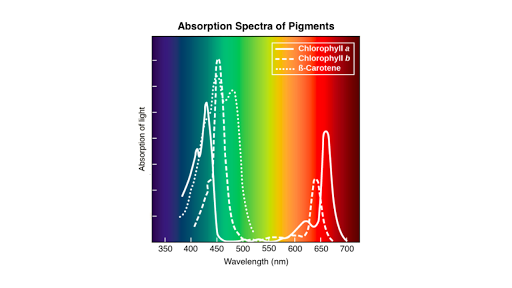Why Do Plants Have More Than One Pigment
Plants make an amazing variety of pigment molecules far more than animals. Why do plants have more than one type of photosynthetic pigment.

Chlorophyll Benefits The Plant Pigment That Heals Detoxes Better Than All Others Dr Axe In 2020 Chlorophyll Benefits Chlorophyll Improve Metabolism Source: www.pinterest.com
After all plants are creatures of light.

Why do plants have more than one pigment. Multiple pigments absorb different wavelengths of light allowing the plant to capture the maximum amount of energy from the sun. They sense light to control their growth and rapid responses to the environment and they use light as their source of energy. Other pigments are available to absorb the wavelengths that cannot be absorbed by chlorophyll alone.
Posted Plant pigments are useful for absorbing the energy from sunlight at varying wavelengths. Each pigment absorbs a certain wavelength of light while reflecting others. Spinach leaves contain multiple pigments.
However since each pigment reacts with only a narrow range of the spectrum there is usually a need. In plants algae and cyanobacteria pigments are the means by which the energy of sunlight is captured for photosynthesis. The most important of these pigments is chlorophyll that is responsible for photosynthesis.
Plants have six different photosynthetic pigments. Plant pigments are important in controlling photosynthesis growth and development of plants Sudhakar et al 2016. The answer to what are pigments is different in the field of Biology.
Plants usually have more than one pigment present to absorb more sunlight to produce more food. Among these are chlorophyll a and chlorophyll b beta-carotene and xanthophylls all of which are photosynthetic pigments meaning they can absorb light as part of photosynthesis. Because they interact with light to absorb only certain wavelengths pigments are useful to plants and other autotrophs--organisms which make their own food using photosynthesis.
We see green because that is the part of the spectrum of light which is reflected which therefore means that the green light is in fact not being absorbed to produce energy for the plant. Plants make an amazing variety of pigment molecules far more than animals. Multiple pigments allow the plant to have both photosynthesis and cellular respiration to maximize the amount of energy they capture from the sun.
Plants produce pigments to advertise rewards for animals which pollinate flowers and disperse seeds. After all plants are creatures of light. Multiple pigments absorb different wavelengths of light allowing the plant to capture the maximum amount of energy from the sun.
Because chlorophyll a b reflect green and yellow as they take in every other colour. They sense light to control their growth and rapid responses to the environment and they use light as their source of energy. Pigments act as visible signals to attract insects birds and animals for pollination and seed dispersal.
Many pigment-rich fruits are consumed in the human diet. Pigments also protect plants from damage caused by UV and visible light Tanaka et al 2008. Pigments can be defined as the molecule that absorb specific wavelength of light or they are substances produced by living organisms that obtain color from selective color absorp Now you can get all the answers for free.
The pigments can absorb different wavelengths in the light resulting in the plant being able to capture the maximum amount of energy from the sun. This enables a plant to use a greater percentage of the Suns light. The primary pigment is chlorophyll which imparts a green coloration to plant parts and absorbs most of the energy from the sun.
It enables them to cover more of the visible light spectrum and therefore be able to harvest more light energy. Plants produce pigments to advertise rewards for animals which pollinate flowers and disperse seeds. Why are plants green.
Multiple pigments allow the plant to have both photosynthesis and cellular respiration to maximize the amount of energy they capture from the sun. Whats the advantage of having more than one pigment in the photosystem. What color of light would you expect to be the least effective at growing green plants.
Plants tend to carry only one pigment for photosynthesis which is green and that is the chlorophyll in the plant which is key in the process of photosynthesis.

The Colour Of Leaves Encyclopedia Of The Environment Source: www.encyclopedie-environnement.org

Pin On Wild Living Source: www.pinterest.com

The Colour Of Leaves Encyclopedia Of The Environment Source: www.encyclopedie-environnement.org

How Natural Pigments And Dyes Have Been Used In Art Diy Natural Products Natural Dyes Pigment Source: www.pinterest.com

What Are The Major Plant Pigments Quora Source: www.quora.com
Wavelengths Of Light And Photosynthetic Pigments Article Khan Academy Source: www.khanacademy.org

